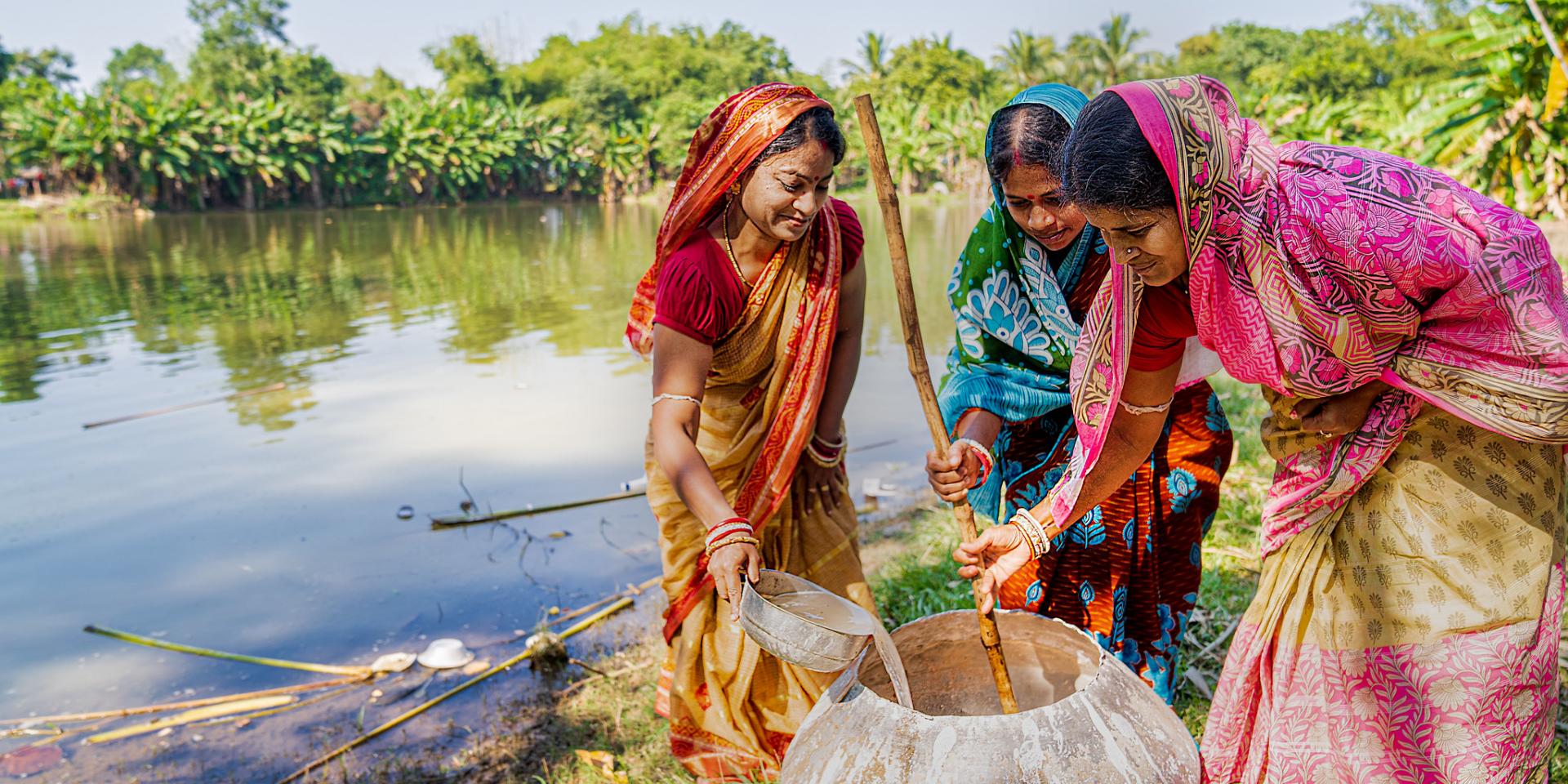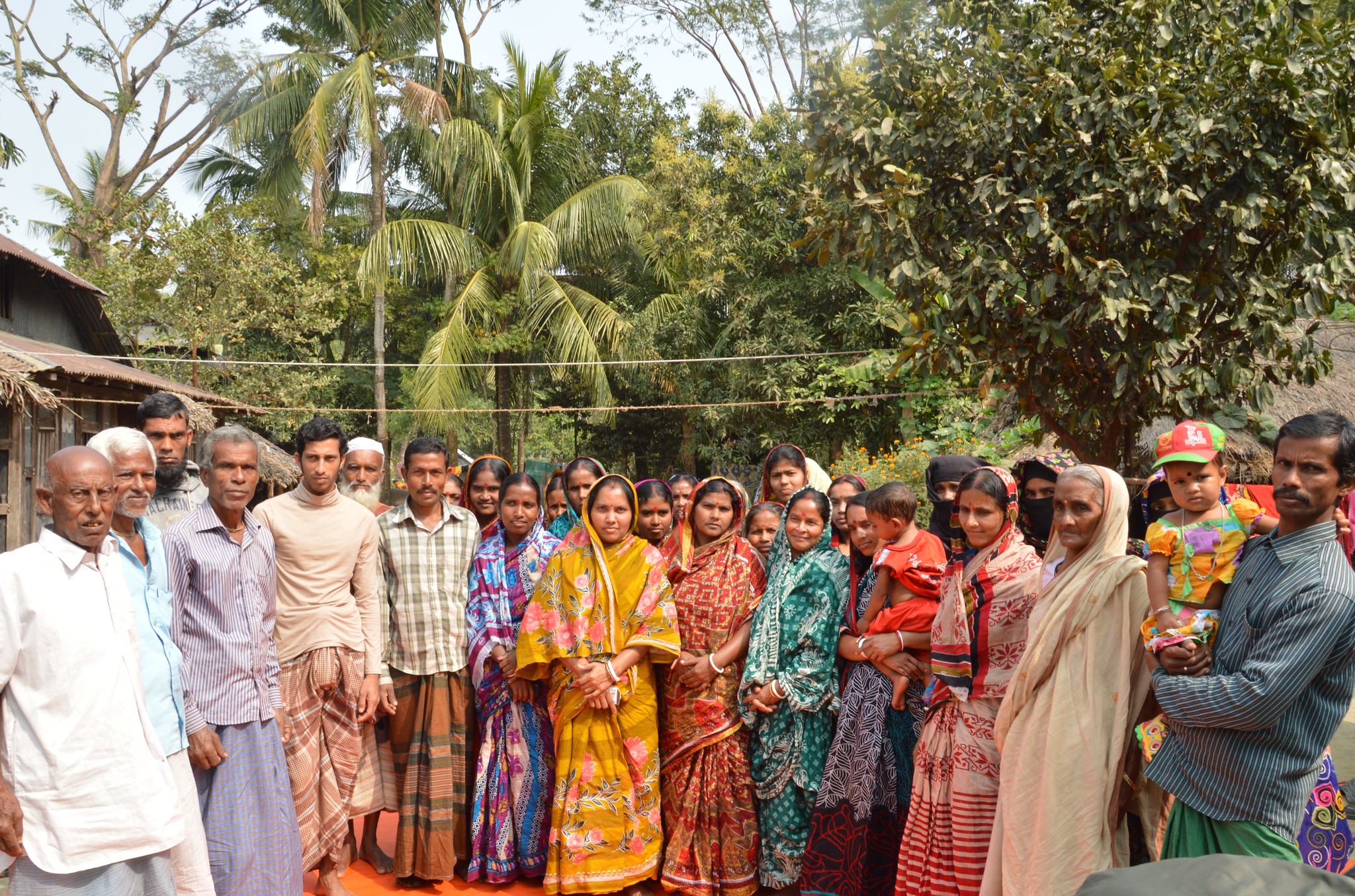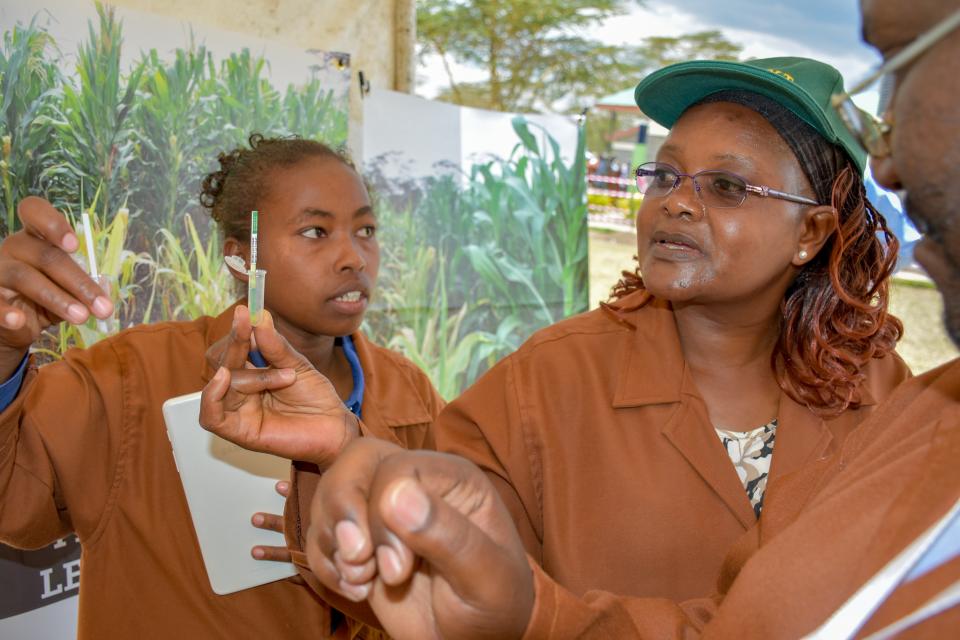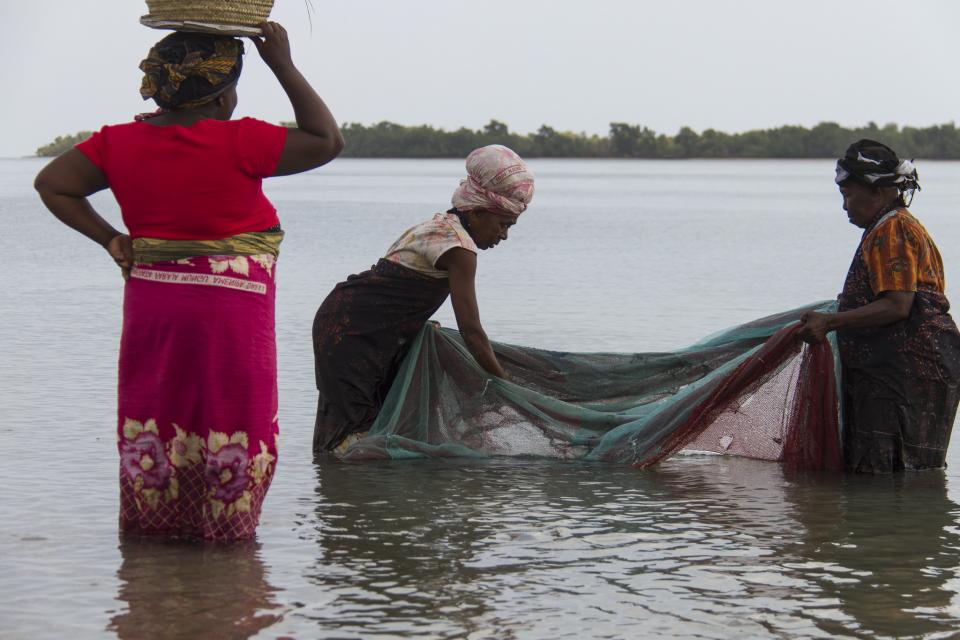Testing tools to measure women’s empowerment in fisheries and aquaculture
 Photo: USAID
Photo: USAID
To measure the impact of fisheries and aquaculture projects on women's empowerment and nutrition, it is important to have a reliable tool for data collection.
In response, we at WorldFish and our partners have developed the project-level Women's Empowerment in Fisheries and Aquaculture Index (Pro-WEFI), which is based on the Pro-WEAI (the project-level Women’s Empowerment in Agriculture Index). But, this version is specifically designed to capture the empowerment, agency and inclusion of women in contexts where livelihoods are largely based on fisheries and aquaculture.
The productive resources that are covered in the Pro-WEFI questionnaires include assets that are related to production of fish, such as ponds and tanks. The tool has both quantitative and qualitative questionnaires. The quantitative tool has 12 pro-WEFI indicators that are measures of intrinsic, instrumental and collective agency.
The Pro-WEFI also includes a set of qualitative tools drawn from the Gender, Agriculture, and Assets Project (GAAP2), led by the International Food Policy Research Institute, the CGIAR GENNOVATE research and other studies conducted in the fisheries and aquaculture context by WorldFish and partners, especially KIT Royal Tropical Institute.
Validation through the IDEA project
We validated the Pro-WEFI tool, along with the Pro-WEAI's Health and Nutrition (HN) module, through the IDEA project in Bangladesh. The IDEA project was implemented to enhance the incomes, diets and nutrition of smallholder families, and to increase opportunities for women’s empowerment through aquaculture in Bangladesh. The project applied a nutrition-sensitive perspective, given that fish is a highly micro-nutrient rich food, to ensure that women’s empowerment in fish production leads to improved nutrition, especially for women and children.
The Pro-WEFI was used to measure the extent to which the IDEA project’s intervention contributes to reaching, versus benefiting (particularly nutritional benefits), versus empowering women, and/or shifting restrictive gender norms. The Health & Nutrition add-on module was included to explore the empowerment-nutrition pathways resulting from the intervention. We applied an intersectional lens to explore differential effects among women from various socioeconomic backgrounds (including various wealth groups, religions (i.e., Hindu and Muslim) and age groups). The tool also collected information on the unintended consequences of intervention activities on diverse groups of women.
To conduct the measurements, we grouped the project beneficiaries and non-beneficiaries into different ‘treatment arms’: (i) women and men who received aquaculture, nutrition and gender training, (ii) landless women and their spouses who received aquaculture training only and (iii) a control group.

Fishing-dependent communities in southern Bangladesh (Photo: WorldFish)
Data collection process
We first used cognitive interviews in Bengali-speaking communities in West Bengal, India, in late 2021, to test and improve the Women's Empowerment in Fisheries and Aquaculture Index (WEFI) – on which the Pro-WEFI is based. The cognitive interviews revealed that respondents had some difficulties understanding or defining some of the words (e.g., “active member” of a group) or concepts in the questions (e.g., access to gleaning areas). Some of the questions asked were also perceived as being similar to each other.
Findings from the qualitative and quantitative analysis of the cognitive and WEFI data as well as observations by the field researchers helped us modify the Pro-WEFI tool by changing words in or omitting words from a question. We also removed some questions, made others optional, and added explanations for concepts that people did not understand.
Then, in 2022, when COVID-19 restrictions were no longer in place in Bangladesh, we carried out the validation study on the Pro-WEFI tool using a mixed-methods approach. Quantitative data measured the level of women’s empowerment within the IDEA project context, while qualitative research uncovered the causes, reasons and circumstances that facilitate or inhibit changes in women’s empowerment status. Data collection was sequenced so that the qualitative study was conducted before the quantitative survey to gain insights about the project, people and community context. The sequence also allowed us to test people’s ability to comprehend and provide answers to the survey questions.
Lessons learned from validating the tool
Qualitative tools including the Ladder of Power and Freedom (see GENNOVATE) and the life history methodology (adapted from GAAP2) helped shed light on how women themselves perceive empowerment and their hopes and aspirations.
An important intersectional dimension came from the landless women, who are extremely poor, lack formal education and live in a government-provided shelter. Because their spouses are mostly idle and do not contribute income or labor to their family, landless women take up multiple jobs in a day to meet the needs of their family. Despite the high level of deprivation, the high work burden and the fact that many face violence and disrespect from their spouses, landless women reported having almost complete freedom to make important decisions in their lives, more mobility than other groups of women in the community and high levels of self-confidence.
Landless women’s emic (or ‘insider’) perspective on empowerment and freedom, namely that they are associated with a heavier work burden and level of depravity, is in sharp contrast to the experience of women in the farming communities, who have a higher education but little or no freedom to make important life decisions. Most of these women expressed disappointment about their lack of power and freedom to take up work or start small businesses, due to constraints such as limited mobility; spousal disagreement; lack of authority over land, other assets and the allocation of resources within the households; and gender stereotypes that prevent them from engaging in certain livelihood activities.
We also found that some women and men respondents were uncomfortable with the term “partner,” therefore, researchers changed it to “spouse” in those instances. Similar to this, asking people about “polygamy” or “cohabitation” made women feel uncomfortable and was considered inappropriate. Respondents also noted that questions related to “attitudes toward domestic violence” could include verbal abuse as well.
Tips if you are looking at conducting a similar study
When identified and understood in advance, many logistical and technical issues can be addressed by piloting and validating the study instruments in the local context, making data collection more efficient and accurate. It is also important for researchers planning similar studies to identify the households prior to the visits and fix appointments through local partner organizations.
Researchers should also let respondents answer questions in any sequence they find more convenient within each module without affecting the data quality. These steps will ensure that similar studies are conducted with fewer challenges. A validation process is important to improve the dependability of any tool, including to ensure that it is psychometrically sound and to avoid errors in data collection, leading to more accurate and valid results.


